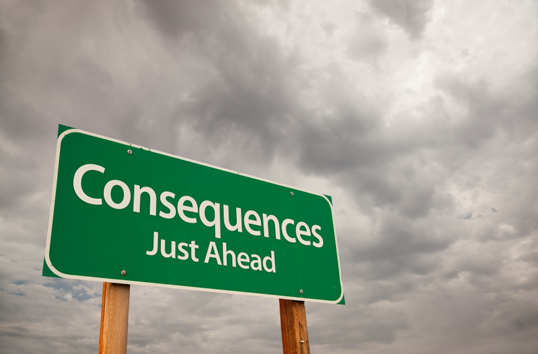Social life is powerfully shaped by rules of culture. But how do we acquire these rules, and why are we so prone to do so? Recent research is shedding light on these questions, and showing how we use culture to create our social identity.

Credit: David Cooper [http://www.headlinestheatre.com/past_work/us_and_them_play/media_us_and_them.htm]
This tendency to define and mark off our ingroup boundaries in terms of largely arbitrary and symbolic markers goes much wider than the clothes we wear, the hairstyles we sport, and the make-up and tattoos we adorn ourselves with. We have an almost inexhaustible range of social traits that can be used to define who is in or out of our groups — and we take full advantage of these opportunities.
For example, the language we speak is an especially salient way of carving out large-scale group boundaries. Between countries that share a common language, accent (British or American) serves as a more fine-grained way to divide up peoples, and within countries our accent, and the idiom we speak, provide a similarly easy way to divide up the social world (northern or Cockney, posh or working class).
Languages and dialects, however, are just the tip of the identity iceberg. Social, ethnic and religious groups have developed their own rules governing everything from what foods are deemed acceptable to eat, and the ways it should be prepared and consumed, to sexual mores, ways of greeting each other, the appropriate means by which the dead should be handled and disposed of, and so on indefinitely.
Practically every area of life is governed to a greater or lesser extent by a complex and sometimes opaque web of interweaved codes of conduct, rules of etiquette, social conventions, and moral prohibitions that constitute what behavioural scientists call social norms. So extensive are the social norms governing the way “our people” do things that they constitute a good part of the culture we imbibe during childhood and beyond. Understanding how we pick up these social norms, what motivates us to follow them, and how we treat people who fail to obey them is a first step towards explaining how and why we’re such deeply cultural creatures. Continue reading







